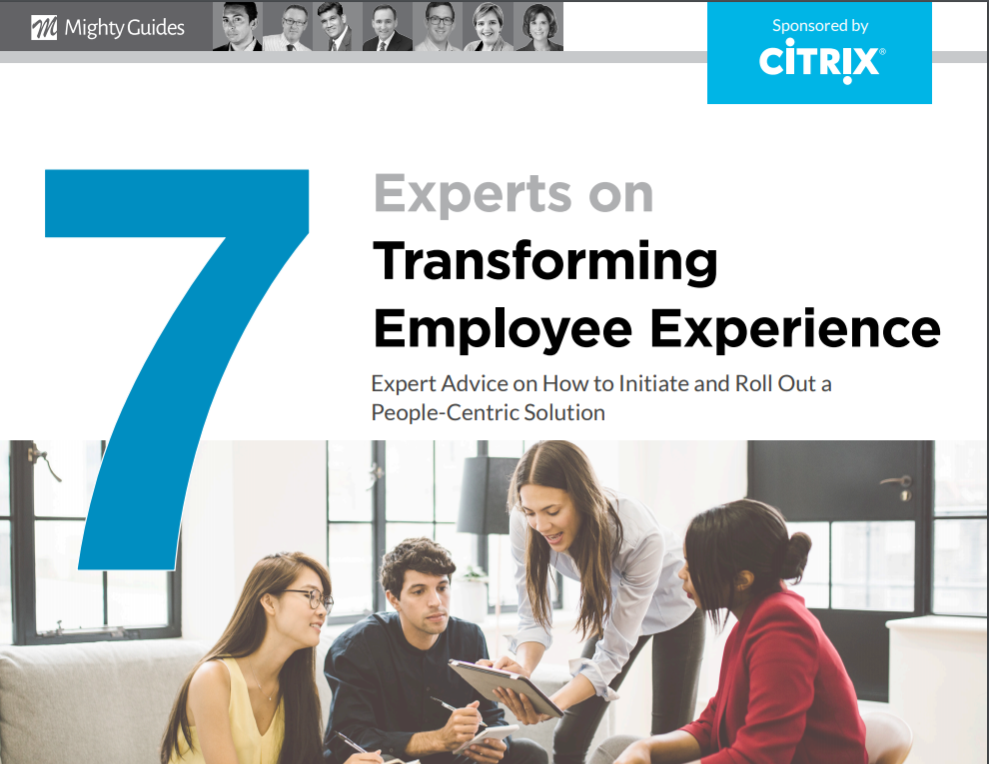
Dave Millner, Author, Futurist, and Consulting Partner EBSCO, HR Curator
- Traditionally, HR has focused on plugging people into roles. But HR needs to think more about the business problem the employee experience is trying to address.
- The keys to creating a successful employee experience are using technology, thinking differently, involving employees, getting them to tell HR what they really want rather than what the company thinks they want, and providing degrees of personalization.
“An employee experience initiative must be underpinned by business priorities.”
Dave Millner, founder and consulting partner at HR Curator Ltd, recognizes that when it comes to employee experience, it’s all about the job. So, when you think about creating an employee experience, you need to consider the structure and processes of the role in which the employee is working. You must look at the practices and methods used to get people into those roles, whether it’s recruitment, training, development, or other factors.
Creating an optimum employee experience requires looking at these factors in the context of what the business wants to accomplish. “An employee experience initiative must be underpinned by business priorities,” Millner says. “Businesses want better employee experiences to help improve the way the organization is operating. That can include having better productivity, reducing turnover, better
employee engagement, better customer experience, better profitability, and other factors that employee experience influence.”
This is an excerpt from 7 Experts on Transforming Employee Experience. The eBook was generously sponsored by Citrix.



